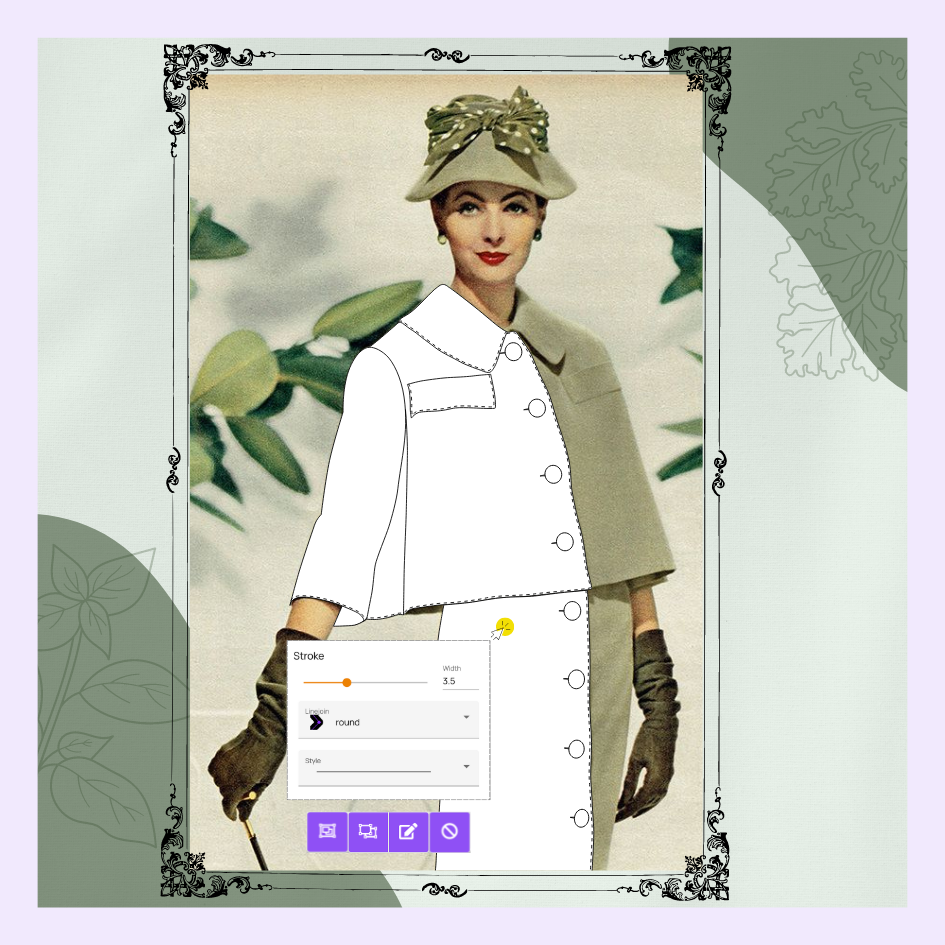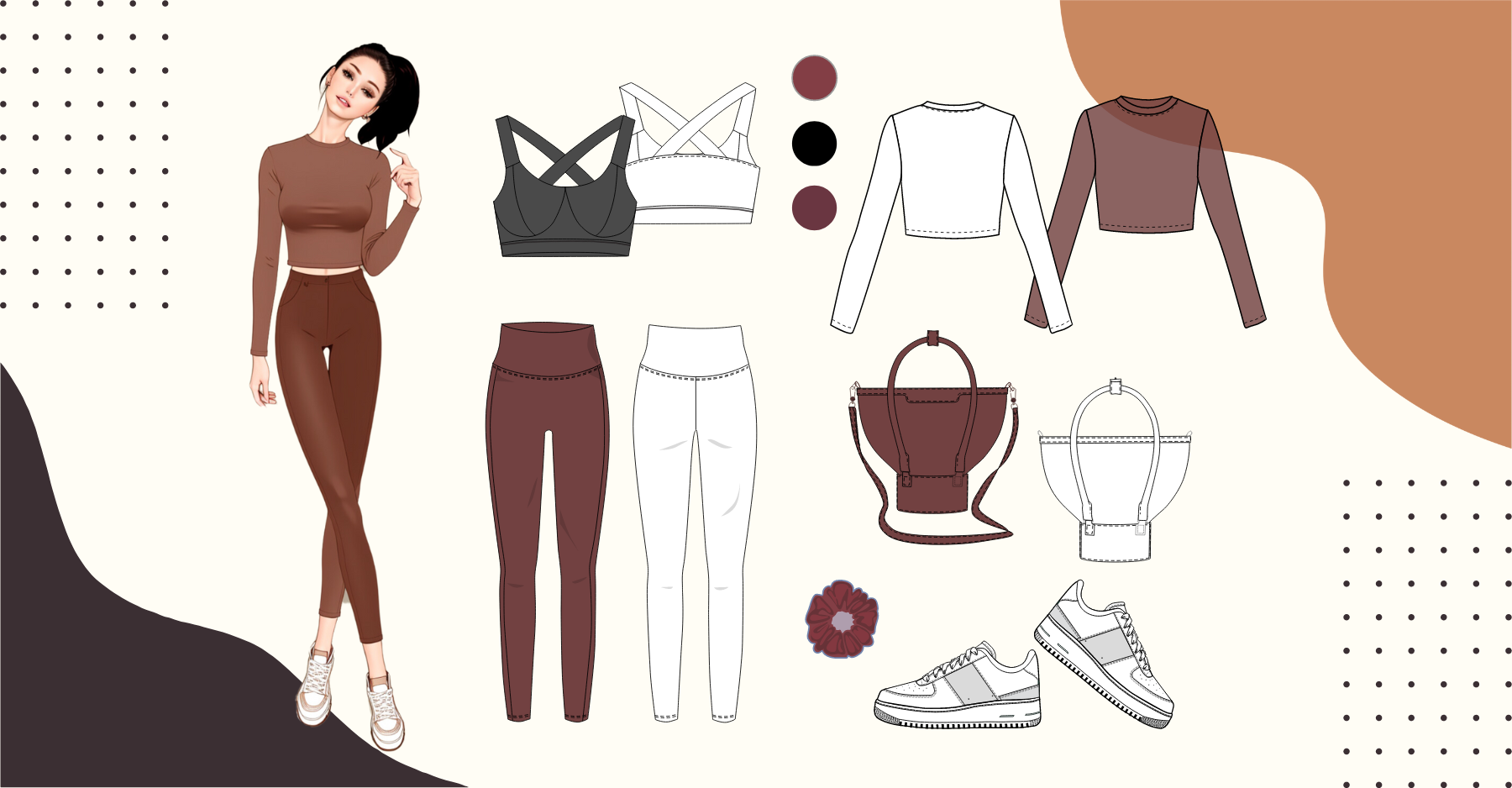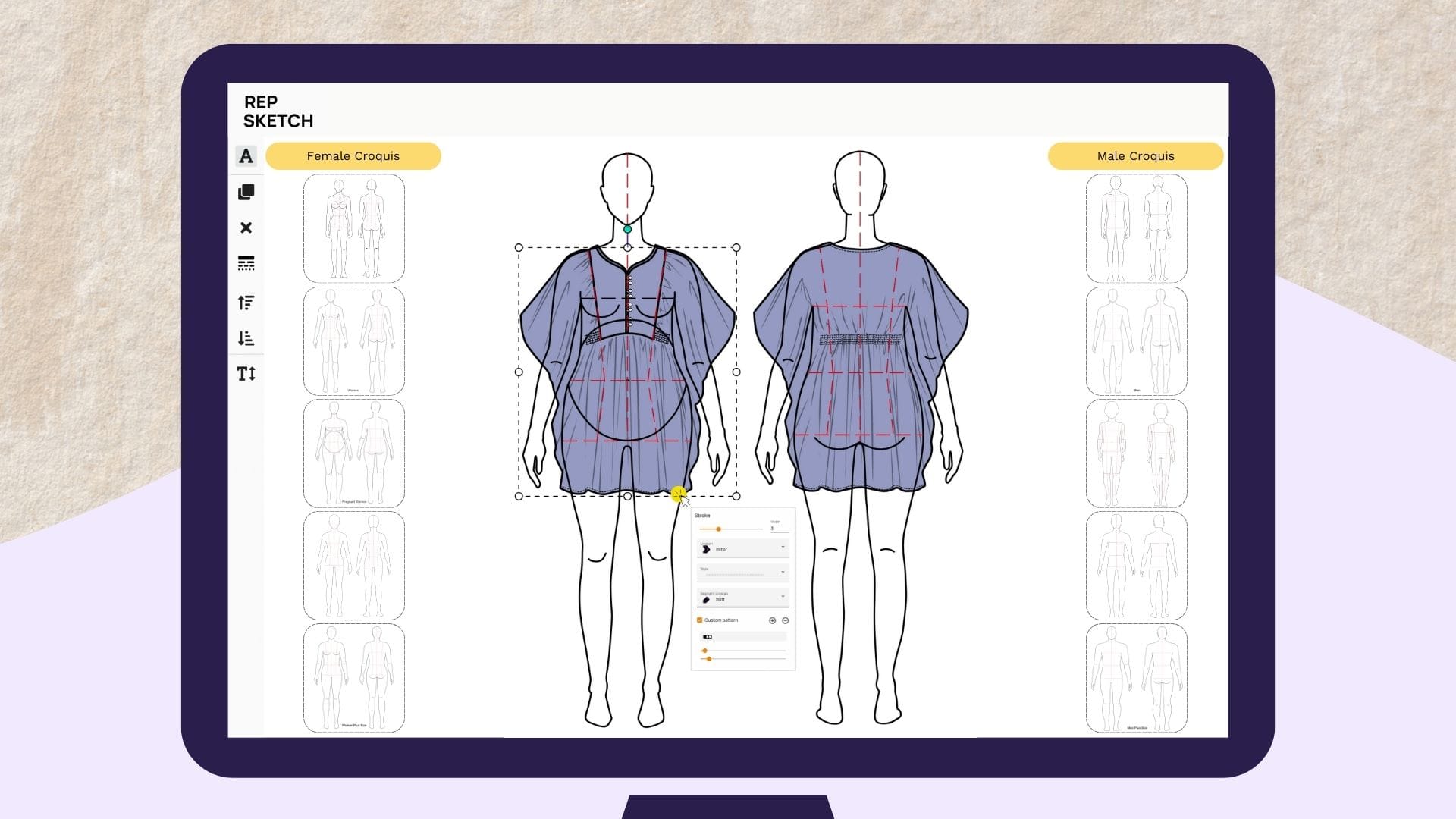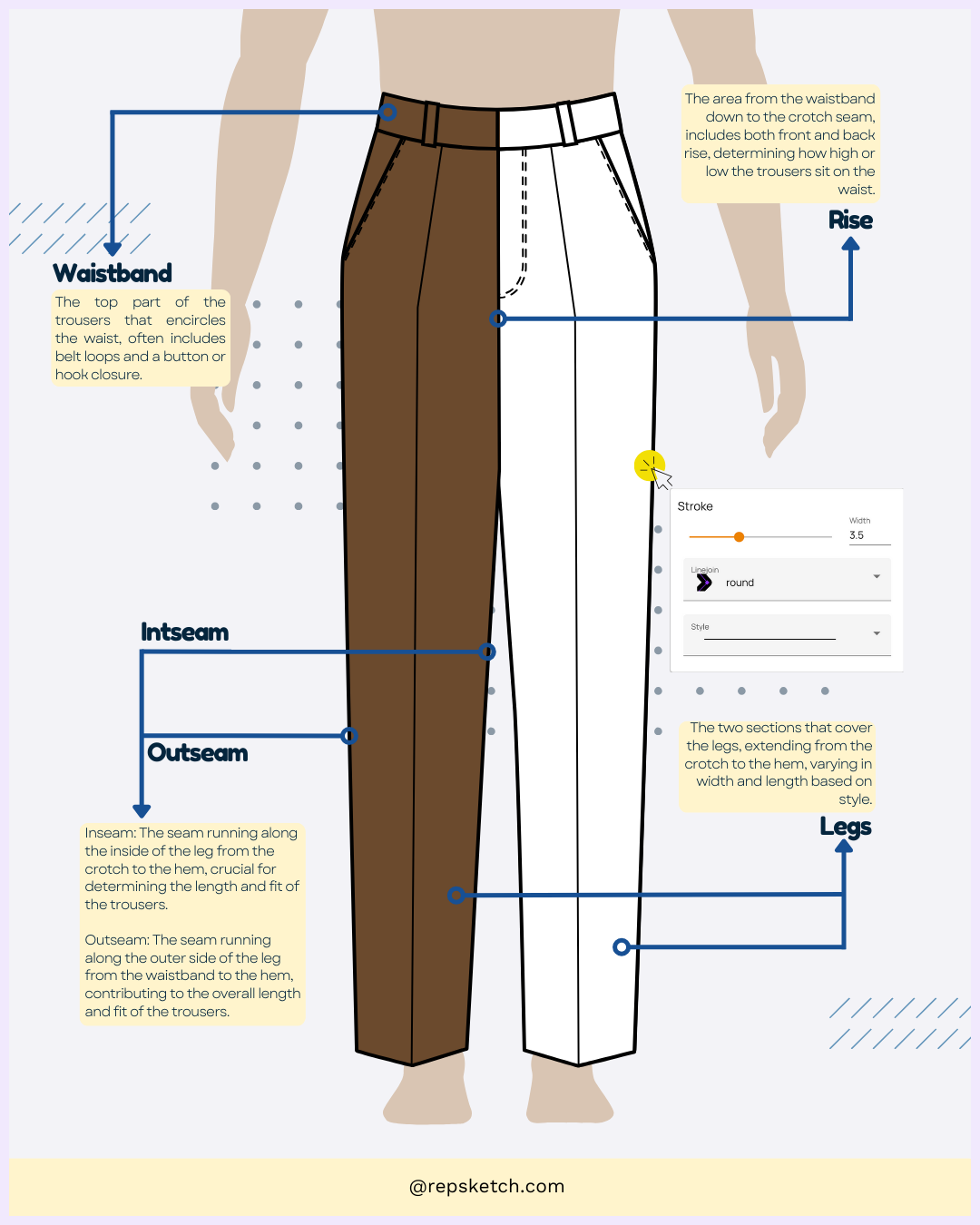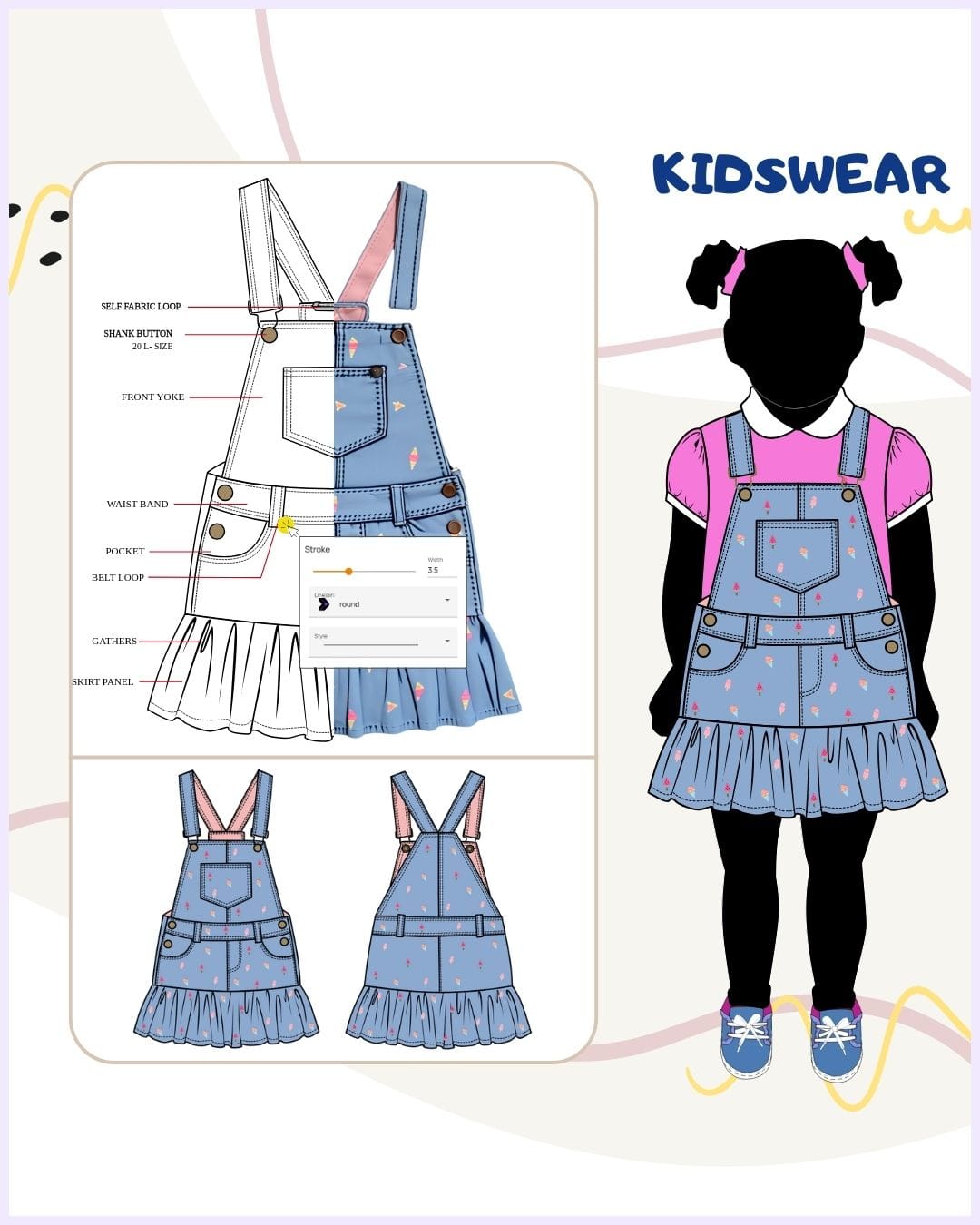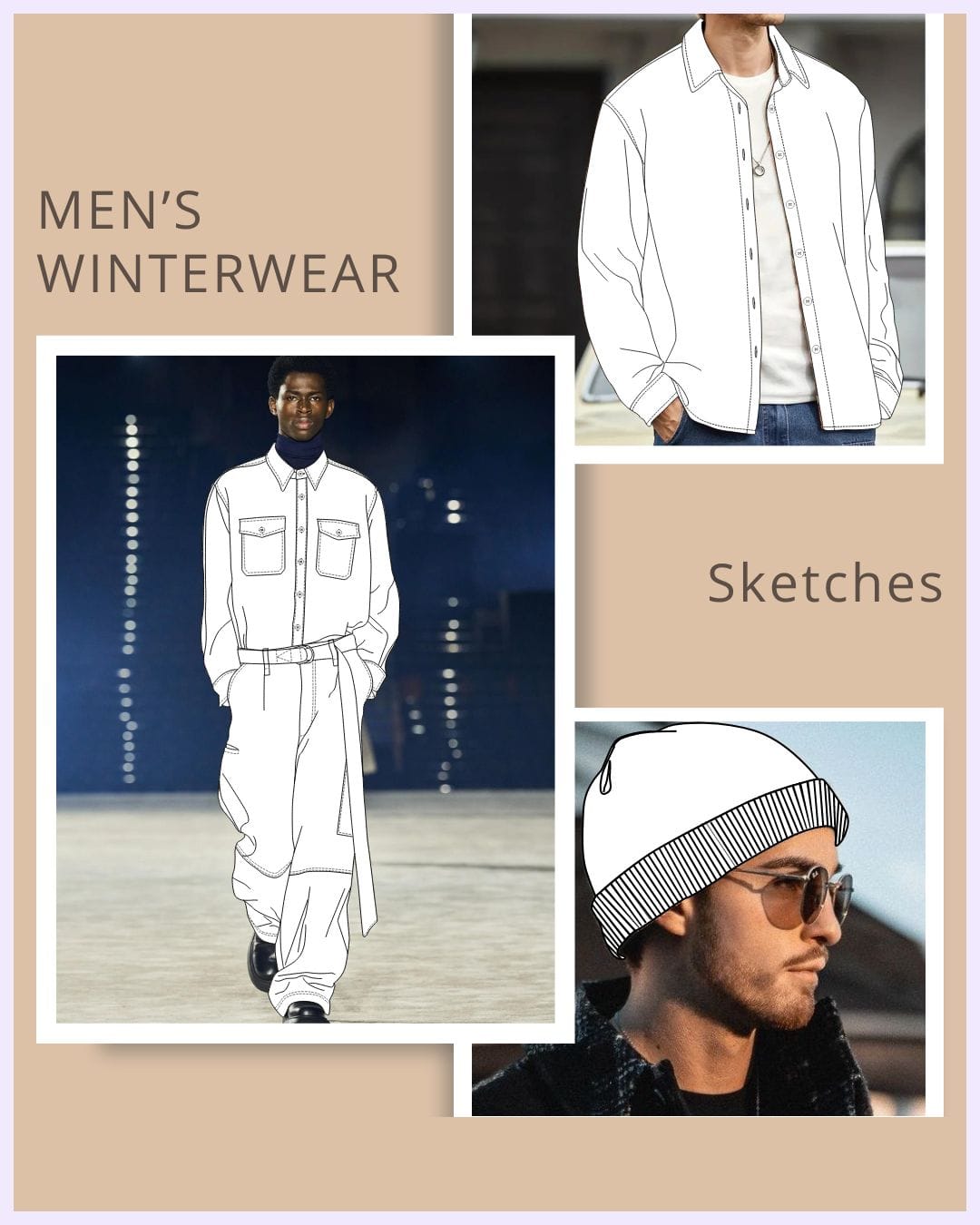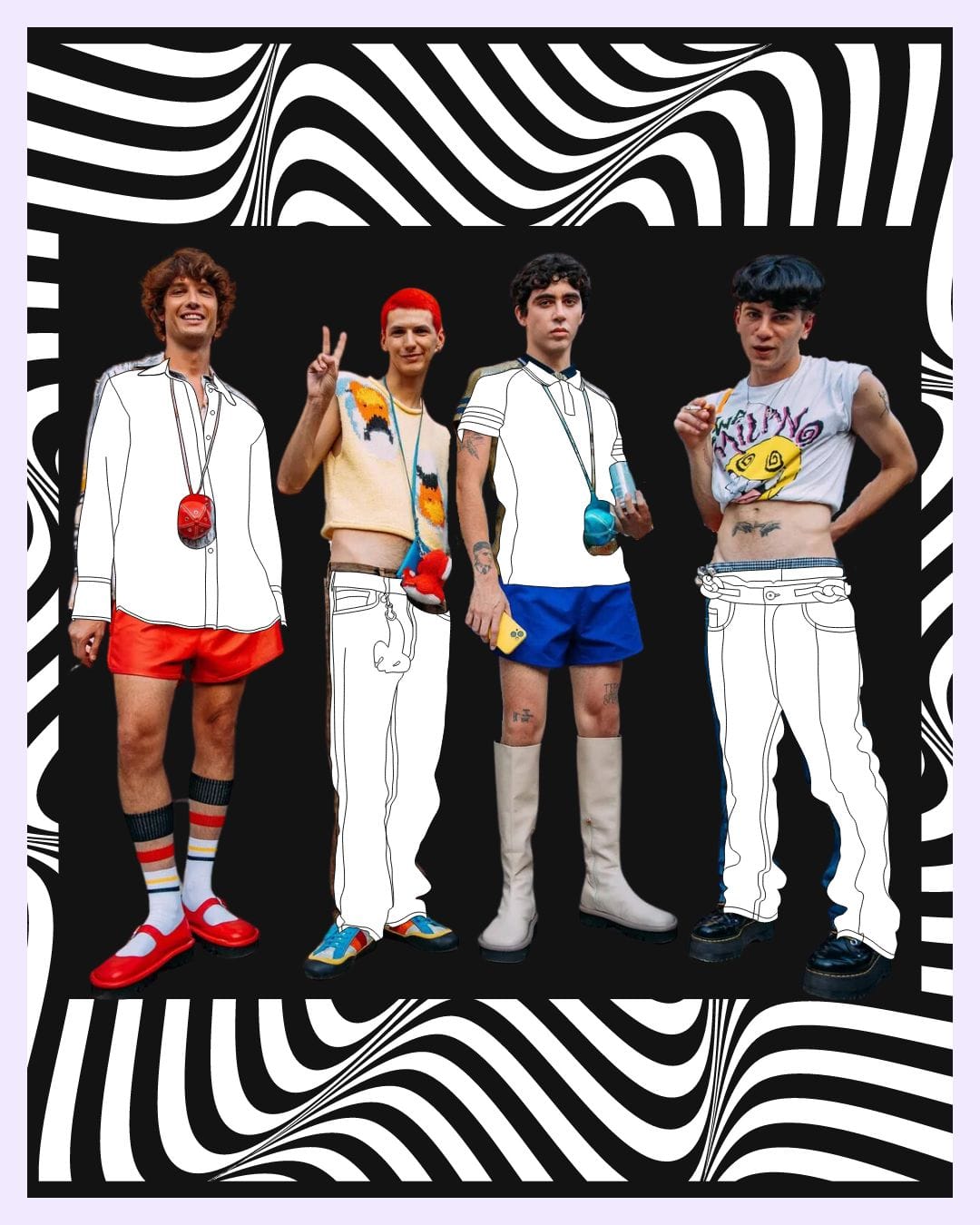Contents
Step into the enchanting world of fashion history as we embark on a journey through time, guided by the elegant threads of vintage dresses. In this captivating blog post, we'll traverse centuries and styles, from the opulence of Victorian gowns to the roaring twenties, the swinging sixties, and beyond, all the way to the modern resurgence of vintage chic. Vintage dresses are more than garments; they are windows into the past, mirrors of culture, and timeless expressions of individuality. Join us as we explore the evolution of these iconic pieces, celebrating their enduring allure and the way they continue to shape our sartorial choices today. Get ready to be transported through the ages, as we unravel this week's blog post highlighting 13 vintage dresses across the ages. Enter the fascinating tapestry of vintage dress fashion to discover, repurpose, and personalize these dresses.
13. Ancient Civilizations (Before 500 AD)
In the tapestry of history, the dresses worn in ancient civilizations prior to 500 AD were woven with a rich blend of simplicity and cultural significance. In the sun-drenched landscapes of Egypt, Greece, and Rome, attire often featured gracefully draped garments crafted from humble materials like linen. These dresses, while exuding an air of elegance in their fluidity, were primarily designed for practicality, offering comfort in the subtropical climates of these regions. What sets these ancient dresses apart is their exquisite attention to detail, with variations in style, cut, and ornamentation tailored to delineate social classes and mark distinctive ceremonial occasions. Each fold and fiber carried the legacy of civilizations long past, leaving an indelible mark on the annals of fashion history.
12. Middle Ages (500-1500 AD)
During the Middle Ages, spanning from 500 to 1500 AD, dresses encapsulated the essence of an era marked by a unique blend of historical transition and cultural diversity. These garments were emblematic of a time when functionality intertwined with symbolism. Women's dresses featured intricate layering, with long gowns, tunics, and robes serving as the canvas for rich fabrics and ornate details. The silhouette was often loose and flowing, draped generously to accommodate the varying needs of daily life. For nobility, dresses were opulent, featuring sumptuous materials like silk, velvet, and brocade, while commoners relied on more humble textiles. The dresses of the Middle Ages were not merely articles of clothing but woven narratives of a society shaped by tradition, hierarchy, and the relentless passage of time.
11. Renaissance (14th-17th Century)
The Renaissance, spanning the 14th to the 17th century, brought forth an era of profound transformation in fashion, and dresses of this period were no exception. Dresses during the Renaissance were an embodiment of elegance and artistic splendor. The silhouette shifted dramatically, with dresses emphasizing the natural waistline and introducing the iconic "hourglass" figure. Bodices were tailored to fit snugly, with high necklines and intricate embroidery adorning the fabrics. These dresses exuded opulence, featuring rich materials like brocade, silk, and satin, often accentuated by sumptuous embellishments such as pearls and gemstones. As a canvas for self-expression, Renaissance dresses became an embodiment of both the wearer's status and artistic sensibilities, capturing the essence of an age marked by cultural rebirth and the flourishing of the arts.
10. Baroque and Rococo (17th-18th Century)
The Baroque and Rococo periods, spanning the 17th and 18th centuries, gave rise to dresses that epitomized opulence and extravagance. Dresses during these eras were a symphony of ornate design, sumptuous materials, and elaborate structures. In the Baroque period, women's dresses featured corseted bodices, accentuating the natural waistline, and exuberant skirts with voluminous layers and cascading drapery. Intricate lace, ribbons, and gemstone embellishments adorned these garments. The Rococo era introduced a more delicate and playful aesthetic, with dresses characterized by pastel hues, lavish embroidery, and an abundance of ruffles. The silhouette became softer and more fluid, with panniers and hoop skirts creating wide, almost whimsical proportions. Dresses from the Baroque and Rococo periods not only reflected the grandeur of the aristocracy but also served as tangible expressions of artistry and societal ideals during these transformative centuries.
9. Regency and Empire (Early 19th Century)
The Regency and Empire periods in the early 19th century brought forth a shift in fashion marked by grace and simplicity. Dresses during this time celebrated a departure from the elaborate and constricting styles of previous eras. The hallmark of Regency dresses was the high waistline, which rested just below the bust, giving rise to a flowing and columnar silhouette. Gowns were made of light and airy fabrics like muslin, showcasing a sense of ethereal elegance. Empire dresses, with their empire waistlines and empire-line skirts, embodied a classic and timeless aesthetic. These dresses emphasized a natural and slender figure, with minimal ornamentation and an overall sense of sophistication. The attire of the Regency and Empire periods represented a break from extravagance, embracing a more understated yet enduring style that continues to influence fashion today.
8. Victorian Era (Mid to Late 19th Century)
The Victorian Era, spanning from the mid to late 19th century, witnessed a fashion revolution defined by intricacy and opulence in women's dresses. Victorian dresses, particularly those of the mid-19th century, were marked by tightly cinched waistlines, often achieved with corsetry, and voluminous, bell-shaped skirts that cascaded to the floor. These gowns featured an array of elaborate details, from ruffled collars and puffed sleeves to intricate lace, embroidery, and ribbons. The late Victorian period saw the emergence of bustles, which added volume and complexity to the rear of the dresses. Fabrics such as silk, satin, and velvet, adorned with lush patterns and rich colors, were highly favored. Victorian dresses not only reflected the prevailing moral and social values of the era but also demonstrated a mastery of craftsmanship, with each garment telling a story of romanticism and Victorian sensibility.
7. Edwardian Era (Late 19th to Early 20th Century)
The Edwardian Era, bridging the late 19th and early 20th centuries, unveiled dresses that encapsulated a refined sense of elegance and a departure from the ornate styles of the Victorian era. Edwardian dresses are characterized by the iconic S-curve silhouette, accentuating a tiny waist and a full bosom, achieved without the extreme corsetry of the previous era. High necklines, often adorned with lace or intricate embroidery, lent an air of sophistication to these garments. The skirts of Edwardian dresses featured a graceful and flowing A-line shape, descending to the floor in a cascade of fine fabrics like chiffon and silk. The period also embraced softer colors and pastel shades, reflecting a shift towards a more light-hearted and whimsical approach to fashion. Edwardian dresses exemplified a new era marked by the dawn of the 20th century, combining comfort and elegance with a sense of modernity that would continue to influence fashion for years to come.
6. 1920s (Roaring Twenties)
The 1920s, often referred to as the Roaring Twenties, brought forth a sartorial revolution in women's dresses that mirrored the era's spirit of liberation and change. Dresses of the Roaring Twenties were characterized by a radical departure from the conservative styles of the past. The iconic flapper dress emerged, featuring a dropped waistline, shorter hemlines, and a straight, boyish silhouette. These dresses were often adorned with fringe, sequins, and intricate beadwork, creating a sense of movement and shimmer on the dance floors of the Jazz Age. The Twenties were an era of rebellion, and the dresses embodied this newfound sense of freedom, allowing women to dance, socialize, and express themselves with a newfound sense of flair. The 1920s dresses not only symbolized a break from tradition but also marked a transformative period in fashion history, forever influencing modern notions of style and individuality.
5. 1930s and 1940s
The 1930s and 1940s were marked by distinct shifts in women's fashion, influenced by the tumultuous events of the time. In the 1930s, dresses showcased a departure from the extravagance of the previous decades. Bias-cut gowns became popular, hugging the body's natural curves, with a focus on sleek, elegant lines. The use of luxurious materials like silk and satin added a touch of sophistication. The 1940s, on the other hand, saw a shift towards practicality and wartime fashion. A-line dresses with defined shoulders and cinched waists became prominent, reflecting the need for utility during World War II. This era witnessed a palette of muted colors and patriotic motifs. Both decades were characterized by the adaptation of fashion to reflect the prevailing societal and economic circumstances, marking a fascinating interplay between style and historical context.
4. 1950s (Post-War Era)
The 1950s, often referred to as the Post-War Era, ushered in a fashion renaissance marked by a return to femininity and elegance. Women's dresses during this decade embraced the iconic "New Look" introduced by Christian Dior, characterized by a nipped-in waist and full, voluminous skirts. This silhouette accentuated the hourglass figure and exuded a sense of timeless glamour. Poodle skirts, fit-and-flare dresses, and shirtwaist dresses became emblematic of the era's style. Fabrics like taffeta, organza, and gingham were popular choices, often adorned with playful patterns and vibrant colors. The 1950s dresses represented a celebration of optimism and prosperity in the post-war period, allowing women to express their femininity and embrace a renewed sense of grace and charm. This era left an indelible mark on fashion, and its influence can still be seen in contemporary styles today.
3. 1960s and 1970s
The 1960s and 1970s were two distinct decades in fashion, each leaving an enduring mark on women's dresses. The 1960s witnessed a dynamic shift towards youth-oriented, mod fashion. Iconic dresses included the miniskirt and the A-line shift dress, featuring bold geometric patterns and a departure from traditional hemlines. The 1970s, on the other hand, celebrated a bohemian and eclectic aesthetic. Maxi dresses with flowing silhouettes, often made from natural materials like cotton and chiffon, were emblematic of this era. Earthy tones, paisley prints, and bell sleeves defined the 1970s style. Both decades embraced a sense of rebellion, self-expression, and experimentation in fashion, reflecting the cultural and societal changes of the time. These periods continue to inspire contemporary fashion and remain beloved for their distinctive and diverse dress styles.
2. 1980s and 1990s
1. 2000s
The 2000s witnessed a fashion landscape marked by a fusion of styles and a hint of nostalgia. Women's dresses during this decade displayed a diverse range of trends, from the sleek and minimalist slip dresses reminiscent of the '90s to the emergence of boho-chic maxi dresses. The "It" dresses of the era often featured asymmetrical hems, metallic fabrics, and bold, graphic prints. Strapless, backless, and halter necklines became popular choices. Denim dresses also had a resurgence, reflecting the casual yet stylish spirit of the time. The fashion of the 2000s was a reflection of a fast-paced and eclectic era, blending elements of past decades while setting the stage for the fashion diversity that continues to define the 21st century.
